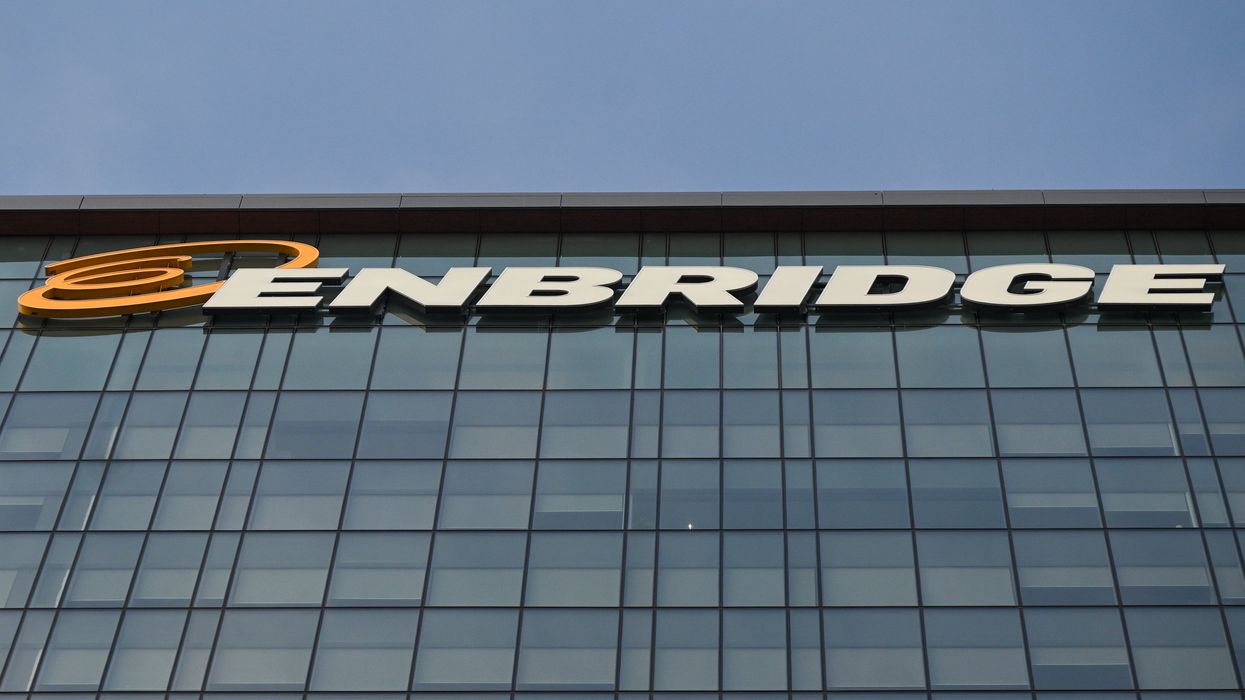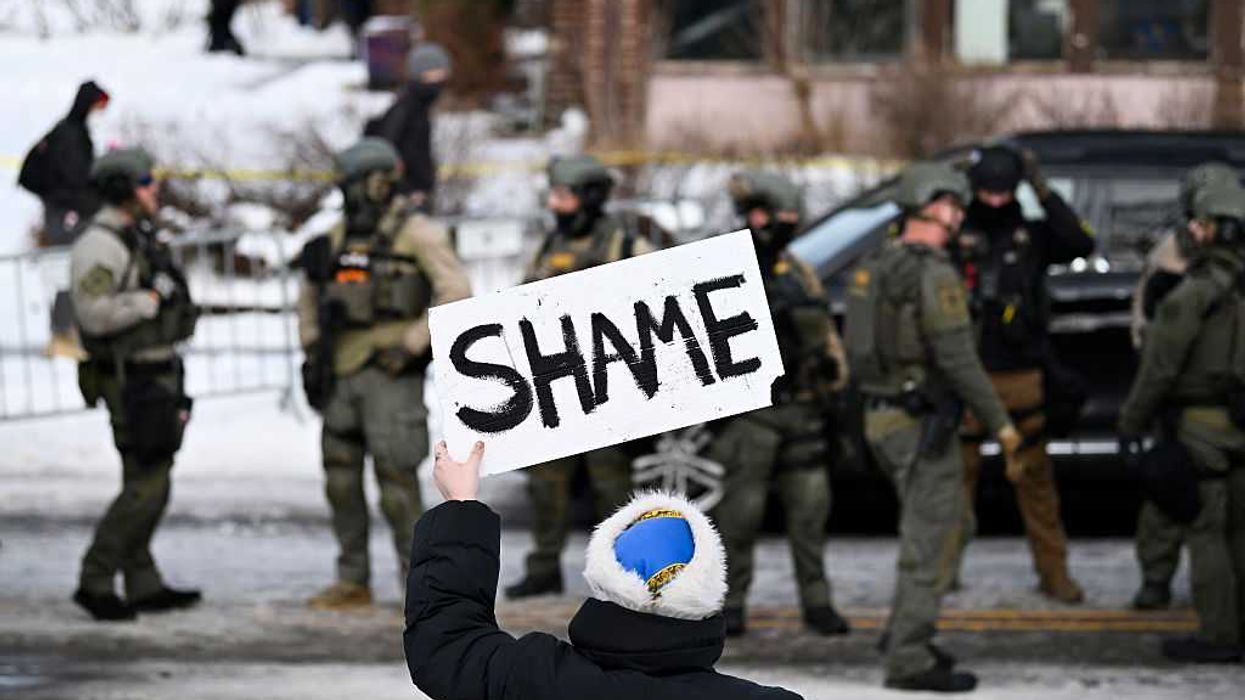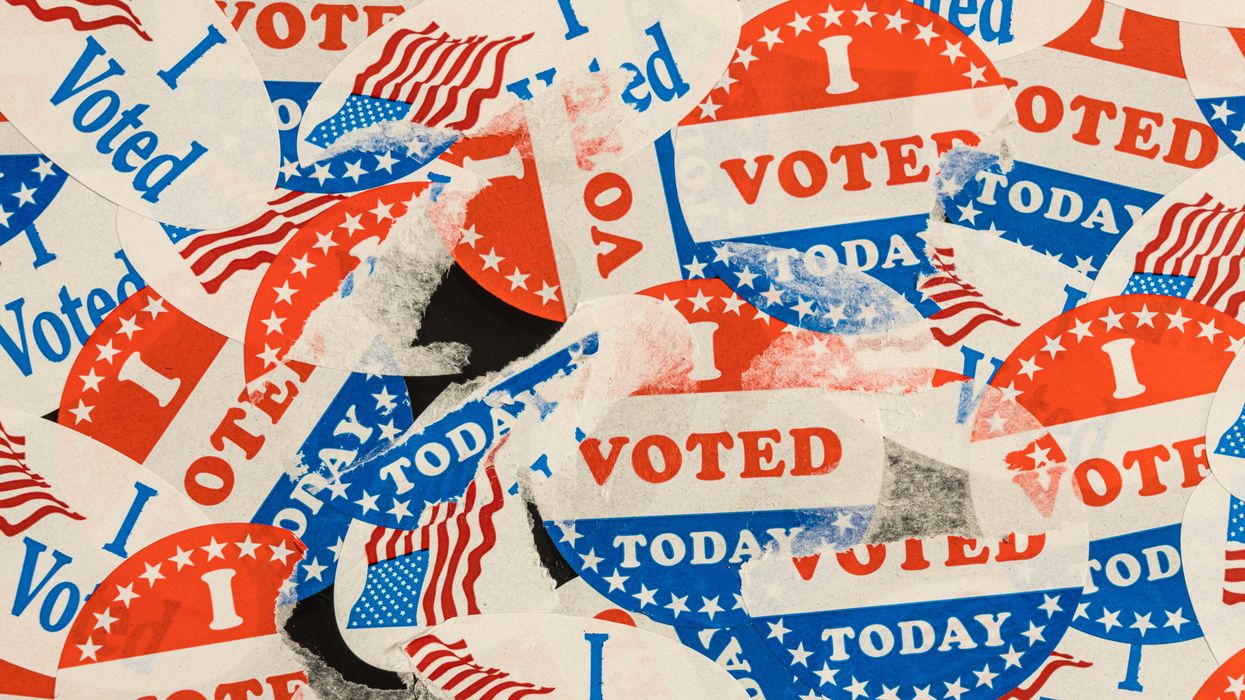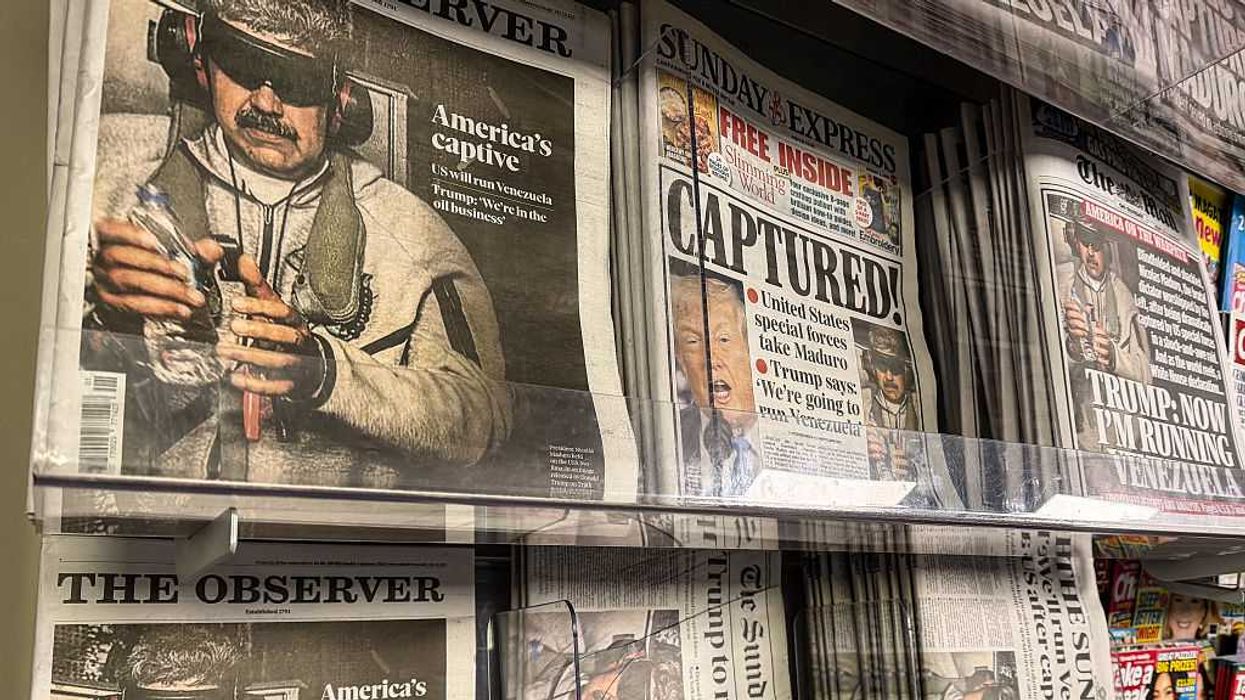Balta is director of solutions journalism and DEI initiatives for The Fulcrum and a board member of the Bridge Alliance Education Fund, the parent organization of The Fulcrum. He is publisher of the Latino News Network and a trainer with the Solutions Journalism Network.
The deadline for the public to submit written comments on a proposed addition and reroute of the controversial Enbridge Line 5 pipeline is quickly approaching.
The United States Army Corps of Engineers is evaluating an application from Canadian company Enbridge Energy to re-route Line 5 by building 41 miles of replacement pipeline under navigable water of the United States. The Corps advises all remarks be sent to CEMVP-WiL5R-CDD Comments@usace.army.mil before Aug. 30.
The Line 5 pipeline, a key artery for transporting oil and natural gas from western to eastern Canada, has become the center of a heated debate as environmental concerns continue to mount. Constructed in the 1950s, the pipeline runs beneath the Straits of Mackinac, a critical junction between Lake Michigan and Lake Huron. While it has been a vital source of energy for decades, critics argue that its aging infrastructure poses a significant risk to the pristine waters of the Great Lakes.
“It’s a threat,” said Maria Luisa Rossel, the National Wildlife Federation’s press secretary for Spanish language media. “It is a threat to clean water. We are talking about 40 million people who depend on the clean water that the Great Lakes provide.”
Among the communities affected is the Bad River Band of Lake Superior Chippewa, a Wisconsin-based tribal nation. The tribe argues that the 71-year-old line is prone to a catastrophic spill.
The NWF agrees, stating that age is a critical aspect of the pipeline’s risk profile. Originally built with a lifespan of 50 years, the pipeline is now over 18 years past that mark. Inspections have uncovered issues like corrosion, faulty welds and damage caused by external activities such as fishing and anchor strikes. Over its 50-year history, Line 5 has experienced at least 33 spills, releasing 1.3 million gallons of oil into the environment.
The dangers associated with aging infrastructure were starkly illustrated by the 2010 rupture of Enbridge’s Line 6B, which resulted in more than a million gallons of tar sands oil spilling into the Kalamazoo River. According to the NWF, this incident underscores the hidden risks posed by Line 5.
“Enbridge is a company that has a long history of poor safety implementations regarding Line 5. There are pending lawsuits,” said Rossel.
In Wisconsin, U.S. District Judge William Conley ruled in September 2022 that Enbridge has been illegally trespassing and profiting at the Band’s expense since the pipeline’s easements expired in 2013.
Nessel v. Enbridge was filed in June 2019 in a Michigan court to stop the continued operation of the dual pipelines. Enbridge then removed the case to federal court, despite missing the deadline by 850 days. More than 60 tribes have asked the 6th U.S. Circuit Court of Appeals to remand the case to state court.
Flooded at Bad River meander where Line 5 pipeline is located. Credit: National Wildlife Federation
Despite these legal challenges, the pipeline remains crucial for transporting fossil fuels to Midwest refineries. Proponents argue that it is vital for the local and regional economy, asserting that it plays a key role in energy security and job creation in the area. The Wisconsin Petroleum Marketers and Convenience Store Association has warned that any interruptions in oil supplies could lead to rising fuel prices and economic instability.
The tunnel project was proposed as a potential solution to address safety concerns related to Enbridge’s Line 5 pipelines. “We believe our Line 5 Straits tunnel plan is the best way to ensure continued energy supply in Michigan and avoid major disruptions and price increases that would result if Line 5 were shut down prior to completion of the tunnel,” Enbridge states on its website. “We’re not alone. Public support for our Line 5 tunnel plan has come from elected officials, policy experts, business owners, business leaders and media columnists — from Michigan and elsewhere.”
Despite ongoing calls for the pipeline’s shutdown, the Michigan Public Service Commission approved Enbridge’s Line 5 tunnel project last year. In granting a site permit for the project, Commission Chair Dan Scripps emphasized, “It’s clear. We need to get those pipelines off the bottomlands and out of the Great Lakes.”
Scripps said that while exploring possible alternatives to the pipelines, the commission determined that Enbridge’s plan to relocate the pipelines into a concrete-lined tunnel embedded in the bedrock beneath the lake represented the most effective option for reducing the risks associated with the existing pipelines.
In May 2021 and again in August 2022, the Canadian government invoked a 1977 treaty with the United States on the uninterrupted flow of oil and gas across the border. In asking a U.S. court to stop Michigan and Wisconsin from shutting down the pipeline, Canada, which backs Enbridge, cited concerns about jobs, energy security and the economy.
“The Government of Canada has made its position clear. Such a shutdown is not in the public interest as it would negatively impact businesses, communities, and millions of individuals who depend on Line 5 for energy in both the U.S. and Canada,” Juli Kellner, a spokesperson for Enbridge, told the Milwaukee Journal Sentinel. “Shutting down Line 5 before relocating the pipeline outside of the Reservation would violate the Transit Pipeline Treaty between the U.S. and Canada.”
In an amicus brief filed in April, the U.S. Department of Justice did not decide whether a shutdown would violate the transit pipeline treaty. It did, however, declare that Enbridge is liable for trespassing on the Band’s land. It also said the Band should receive reparations, given that Enbridge has made roughly $1 billion on Line 5 since it has been trespassing.
“The United States agreed that Enbridge’s ongoing occupation of our land is illegal. We are grateful the U.S. urged the court not to let Enbridge profit from its unlawful trespass,” said Bad River Band Chairman Robert Blanchard. “But we are disappointed that the U.S. has not unequivocally called for an immediate end to Enbridge’s ongoing trespass, as justice and the law demand.”
Blanchard said the pipeline remained an urgent threat not only to fishing and gathering traditions but also to the overall welfare of the tribe and its neighbors.
According to the NWF, Line 5’s upstream and downstream greenhouse gas emissions amount to about 87 million metric tons of carbon dioxide equivalent annually, or nearly 19 million gasoline-powered passenger vehicles.
“Access to clean water is a basic right. Our organization is advocating for public officials to promote the protection of clean water, not to undermine the laws that protect and access clean water,” said Rossel. “But also to think in terms of what water means for people, wildlife, habitats. The role of wetlands is very much linked to clean water, but also to protect us from the effects of climate change.”

































